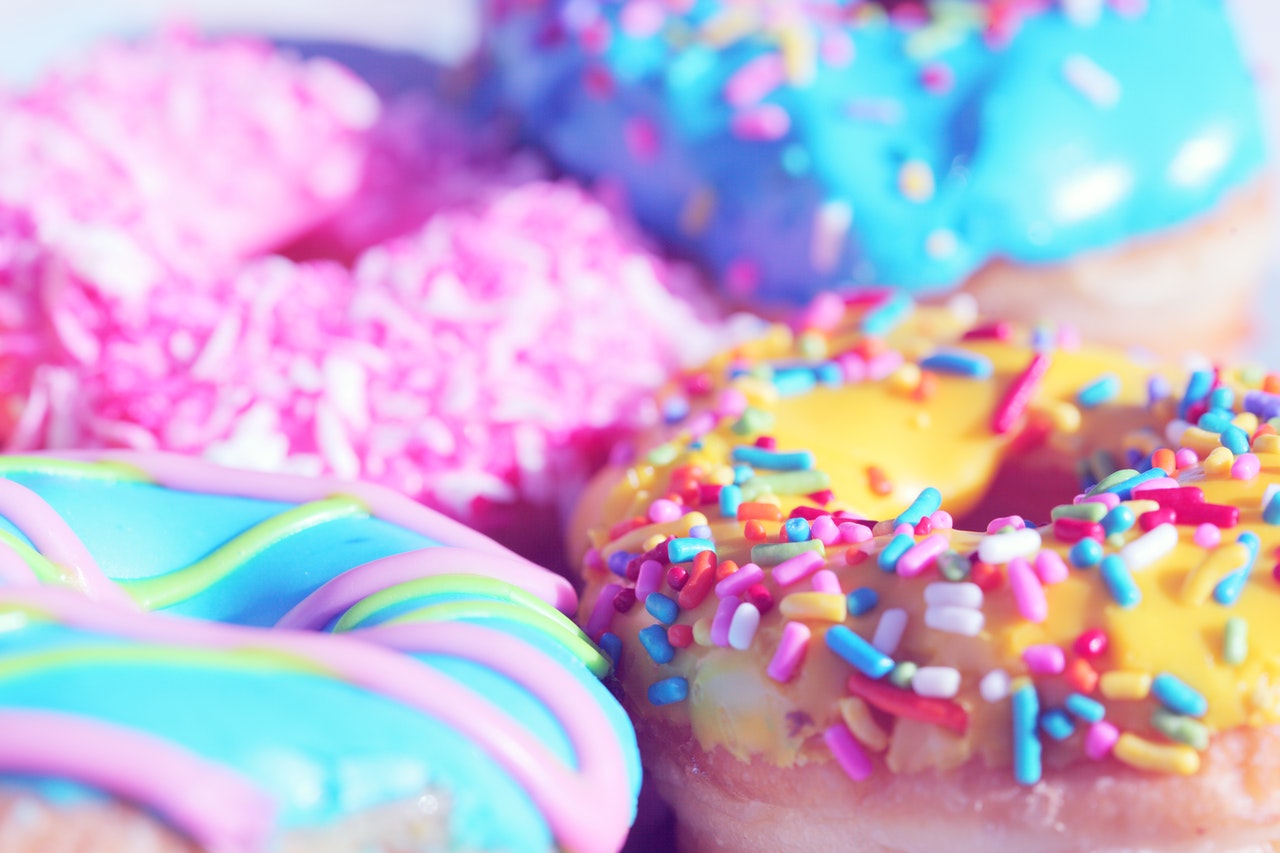Different generations have different interests when it comes to snacks, but not all brands use this insight to their advantage.
When looking into age and lifestyle decisions in the United States, the younger generations (namely Gen-Z and Millennials) have more interest in sports, fitness and healthy foods. They show an interest towards buying snacks, but they buy the ones which are being marketed as “healthy”. Gen-X and Baby Boomers, however, seem to have a different approach: instead of gravitating towards healthy snacks, they buy less snacks in general and indulge in non-alcoholic beverages. Indeed, when looking specifically at “health foods”, 36% of Gen-Z say they, or their household, made a purchase in this category in the last month. This decreases gradually through generations, ending with only 19% of Boomers.
A sweeter tooth for the older generations?
Baby Boomers are, in fact, 38% less likely than the average American to buy “health foods” and tend to have a sweet tooth for cookies, with 55% reporting purchases in the month prior. Gen-X purchases are also on the sweeter side; with 54% buying chocolate, 53% cookies and 50% candy.
A few brands are tapping into the healthy snack market such as Kind, Kitchfix, Hippeas and Munk Pack – but for those with a sweeter tooth, the confectionary industry is relatively untouched.
Hershey’s “HERSHEY’S SPECIAL DARK Mildly Sweet Chocolate Bars” could be seen as an attempt to please all generations, but it does not appear to be marketed as such. It is a sweet treat, but it’s also being marketed as a healthier alternative with low sugar. The brand has however been shying away from marketing this broadly, and the only identifiable organic mention of this on Hershey’s social channels in the last year was a response to a user asking about chocolate suitable for diabetics on Twitter.
In fact, the brand seems to be completely avoiding marketing to the younger generations’ consumption habits as that one tweet is the only mention of “sugar free” on the brands social channels in the last 2 years.
On the other side of the spectrum is health confectionary brand SmartSweets, who centre campaigns and products around the consumers with taglines such as “Your top request #KickSugar candy is here!” – placing consumer “demands” at the forefront of their branding.
#KickSugar is huge on social, and SmartSweets is clearly tapping into an existing trend with its products and campaigns. On Instagram, the hashtag has been used in 14.4k posts to date. On Twitter, from January to August, #KickSugar or “Kick Sugar” has been mentioned 2,400 times. On both platforms, influencers seem to play a large role in the volume of mentions and the brand is clearly tapping into a larger movement, with their own tweets making up only 6% of the total number of Twitter mentions. The brand is leveraging and fueling this engagement trend by using prompting posts, hosting frequent giveaways, and using the hashtag along with multiple call-to-actions.
Most brands have been aware of this shift in consumer behavior for many years now, and many saw it as a change that was being driven by Millennials.
Large brands have however been slow to adapt, possibly seeing the Millennial mindset as an exception to a broader trend. Gen Z’s buying habits now seem to indicate that the trend towards healthy snacks is here to stay, and that the perceived risk of marketing to that trend may in fact be more of an opportunity for large confectionary companies to move with the time.
If you want some social insights for your brand, we’d love to chat and see how we can help. Take a look at what we can do and get in touch here.






Leave a Reply